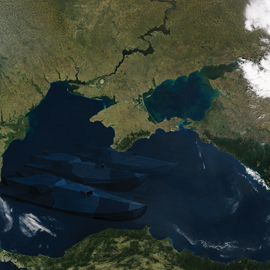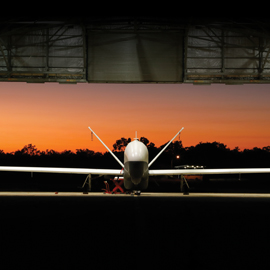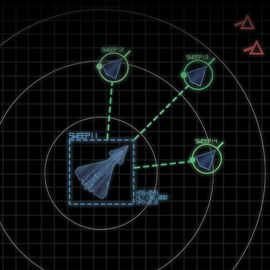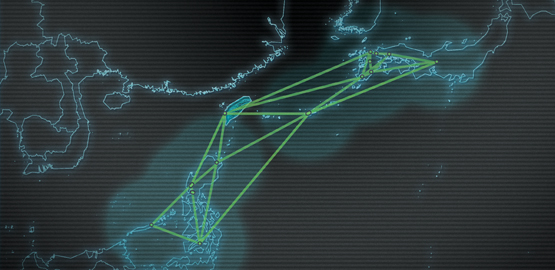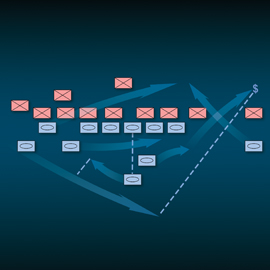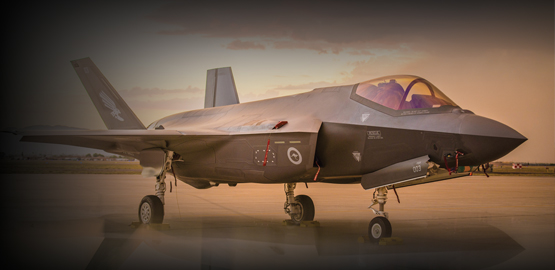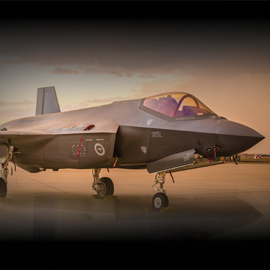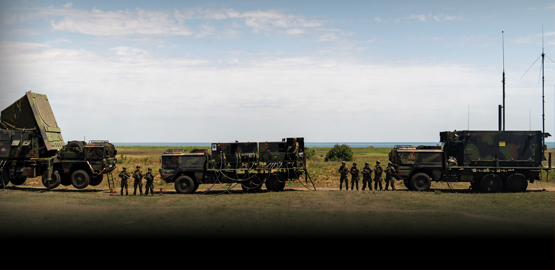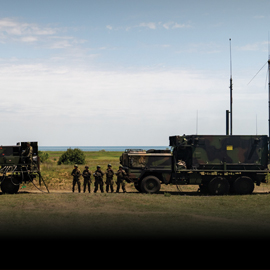Publications
"Nobody does defense policy better than CSBA. Their work on strategic and budgetary topics manages to combine first-rate quality and in-depth research with timeliness and accessibility—which is why so many professionals consider their products indispensable." – Gideon Rose, Editor of Foreign Affairs, 2010-2021
Strengthening the Defense of NATO’s Eastern Frontier
The U.S. European Deterrence Initiative and other efforts have done much to strengthen collective deterrence and defense, but serious challenges remain, especially where the potential for conflict is most acute and the NATO Alliance is most vulnerable: the Baltic region.
Victory Over and Across Domains: Training For Tomorrow’s Battlefields
Synthetic training can play a critical role in preserving the U.S. military’s warfighting edge in an information-saturated, multi-domain combat environment.
Air and Missile Defense at a Crossroads: New Concepts and Technologies to Defend America’s Overseas Bases
Future layered defenses with these capabilities could greatly increase the level of effort an adversary would need to undertake to attack America’s overseas bases successfully.
Winning in the Gray Zone: Using Electromagnetic Warfare to Regain Escalation Dominance
This follow-on study to the 2015 report “Winning the Airwaves: Restoring America’s Advantage in the Electromagnetic Spectrum” will describe how U.S. forces could create new options to counter “gray zone” and hybrid warfare being employed by Russia and China.
Advancing Beyond the Beach: Amphibious Operations in an Era of Precision Weapons
The U.S. Navy and Marine Corps have been the world's most formidable amphibious force for more than seven decades. They have maintained more than 10 ships and 6,000 Marines continuously deployed since World War II, and conducted dozens of operations against contested beaches, islands, and cities in that time. The competition between amphibious forces and defenders ashore, however, is entering a new, more deadly, phase.
Extended Deterrence in the Second Nuclear Age
Ever since the early days of the Cold War, extended nuclear deterrence has been one of the most important but challenging aspects of American strategy. During the past 25 years, however, many of the extended deterrence dilemmas that preoccupied U.S. policymakers in the past ceased to be a major source of concern.

